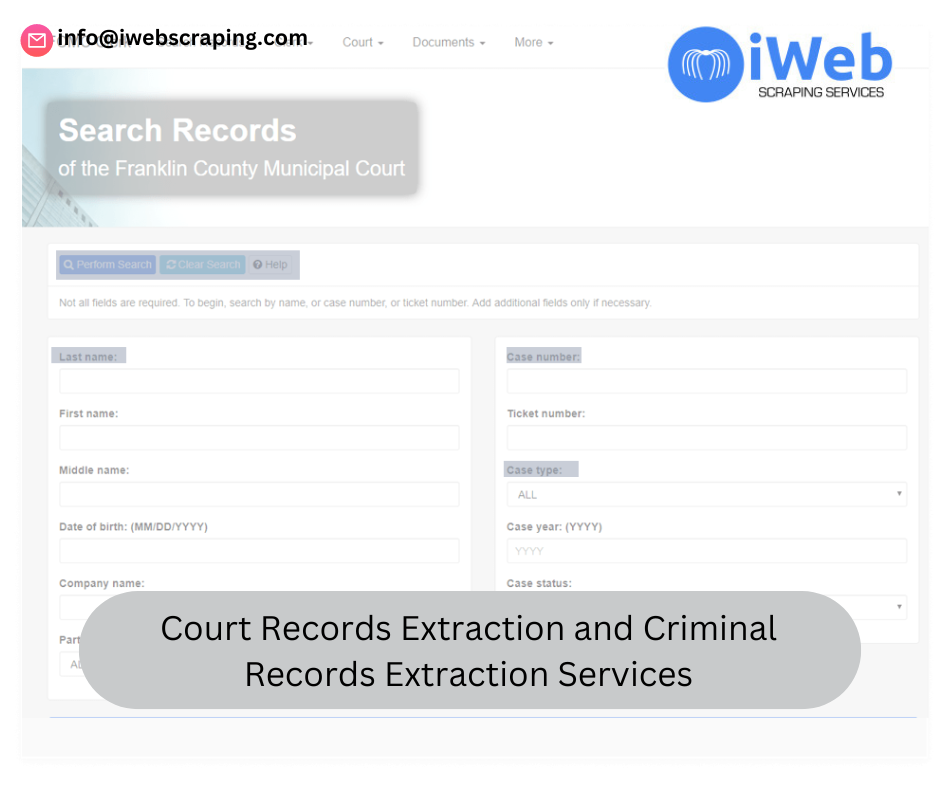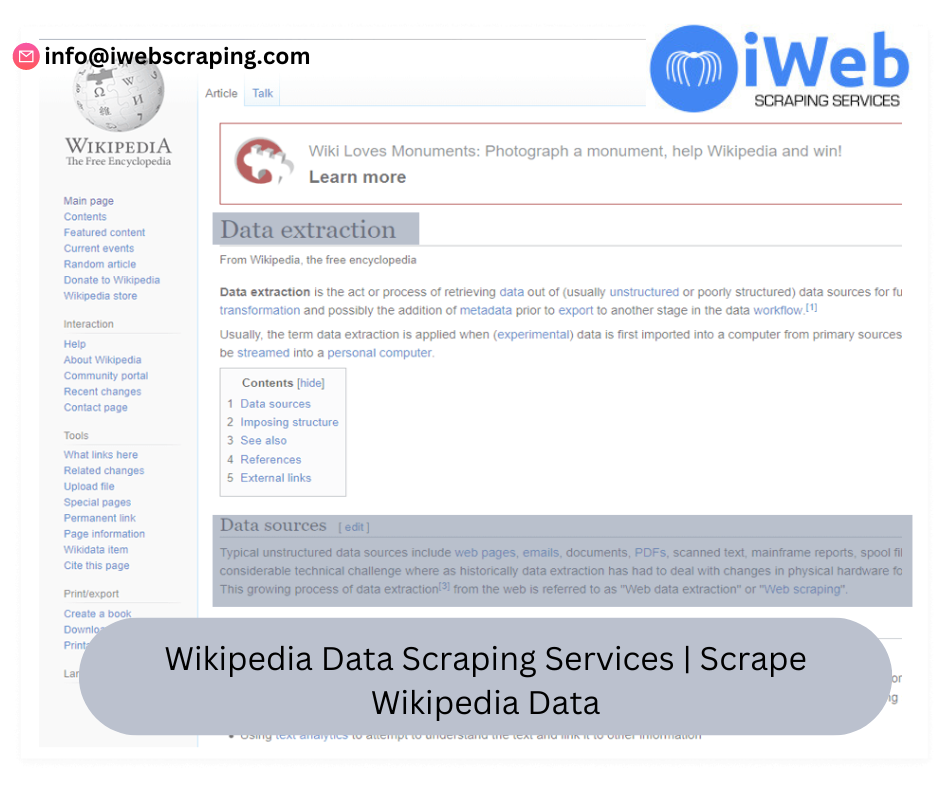
Deliveroo, a popular online food delivery service, connects hungry customers with a diverse array of restaurants. To leverage the full potential of Deliveroo's vast database, developers often turn to the Deliveroo API or opt for web scraping methods to gather restaurant data. This blog will explore both approaches, providing insights and practical steps for scraping restaurant data from Deliveroo.
The Deliveroo API
APIs (Application Programming Interfaces) are a set of rules and protocols that allow different software applications to communicate with each other. Deliveroo offers an API that developers can use to access various types of data, including restaurant details, menus, customer reviews, and more.
Advantages of Using the Deliveroo API:
Reliability: APIs are designed to provide consistent and accurate data, ensuring that the information retrieved is up-to-date.
Efficiency: APIs often allow for faster data retrieval compared to web scraping, as they are optimized for such operations.
Legal Compliance: Using the API adheres to Deliveroo's terms of service, minimizing the risk of legal issues.
Steps to Use the Deliveroo API:
Sign Up for API Access: Visit the Deliveroo developer portal and sign up for API access. You may need to provide information about your application and its intended use.
Get API Keys: After approval, you will receive API keys, which are essential for authenticating your requests.
Understand the API Documentation: Familiarize yourself with the API documentation, which provides details on the available endpoints, request methods, and response formats.
Make API Requests: Use tools like Postman or code libraries (e.g., Python's
requestsmodule) to make API requests and retrieve data. For example, to get a list of restaurants, you might use an endpoint like/v1/restaurants.
pythonCopy codeimport requests
api_key = 'your_api_key'
url = 'https://api.deliveroo.com/v1/restaurants'
headers = {'Authorization': f'Bearer {api_key}'}
response = requests.get(url, headers=headers)
data = response.json()
print(data)
Web Scraping Deliveroo Data
While the Deliveroo API is a robust tool, it may not always provide all the data you need. In such cases, web scraping can be an alternative method. Web scraping involves extracting data directly from Deliveroo's website using automated scripts.
Advantages of Web Scraping:
Comprehensive Data: Scraping can capture data not exposed through the API, such as detailed restaurant descriptions, customer reviews, and other dynamic content.
Flexibility: Scraping allows you to customize the data extraction process according to your specific needs.
Steps for Web Scraping Deliveroo:
Choose a Scraping Tool: Popular tools for web scraping include BeautifulSoup and Scrapy for Python. Selenium can also be used for interacting with dynamic content rendered by JavaScript.
Inspect the Website: Use browser developer tools to inspect the HTML structure of Deliveroo's website. Identify the elements containing the data you want to extract.
Write the Scraping Script: Create a script that sends HTTP requests to Deliveroo's website and parses the HTML to extract the desired data.
pythonCopy codeimport requests
from bs4 import BeautifulSoup
url = 'https://deliveroo.co.uk/restaurants/london'
response = requests.get(url)
soup = BeautifulSoup(response.content, 'html.parser')
restaurants = soup.find_all('div', class_='restaurant__details')
for restaurant in restaurants:
name = restaurant.find('h3').text
cuisine = restaurant.find('p', class_='cuisine').text
print(f'Restaurant: {name}, Cuisine: {cuisine}')
Handle Dynamic Content: If the data is loaded dynamically via JavaScript, consider using Selenium to simulate browser interactions and capture the fully rendered HTML.
pythonCopy codefrom selenium import webdriver
driver = webdriver.Chrome()
driver.get('https://deliveroo.co.uk/restaurants/london')
soup = BeautifulSoup(driver.page_source, 'html.parser')
restaurants = soup.find_all('div', class_='restaurant__details')
for restaurant in restaurants:
name = restaurant.find('h3').text
cuisine = restaurant.find('p', class_='cuisine').text
print(f'Restaurant: {name}, Cuisine: {cuisine}')
driver.quit()
Best Practices and Ethical Considerations
Respect Robots.txt: Always check the
robots.txtfile of Deliveroo's website to see if scraping is allowed and follow the guidelines provided.Avoid Overloading Servers: Implement rate limiting in your scraping script to avoid overwhelming Deliveroo's servers with too many requests in a short period.
Handle Errors Gracefully: Ensure your script can handle various HTTP errors and implement retries with exponential backoff.
Legal Compliance: Ensure that your scraping activities comply with Deliveroo's terms of service and relevant laws, such as data protection regulations.
Conclusion
Whether you choose to use the Deliveroo API or opt for web scraping, both methods can provide valuable restaurant data to enhance your application or research project. The API offers a structured and reliable way to access data, while web scraping provides flexibility and the ability to capture additional information not available through the API. By following best practices and ethical guidelines, you can effectively gather and utilize Deliveroo restaurant data.
4o

















.png)
.png)
.jpg)
Write a comment ...